Hollywood has always looked for successful and acclaimed novels to adapt into motion pictures. Indeed, some of the most legendary franchises in Hollywood — James Bond, Harry Potter, The Lord of the Rings — started as novels before making the jump to the big screen.
Adapting novels was already a common practice in the 1950s, during the height of Hollywood’s Golden Age. In fact, some of the decade’s best movies, starring a few of the Golden Age’s most legendary actors, were based on popular books. The stories were already recognized but became even more iconic, thanks to getting the Hollywood treatment.
Strangers On A Train (1951) – Patricia Highsmith
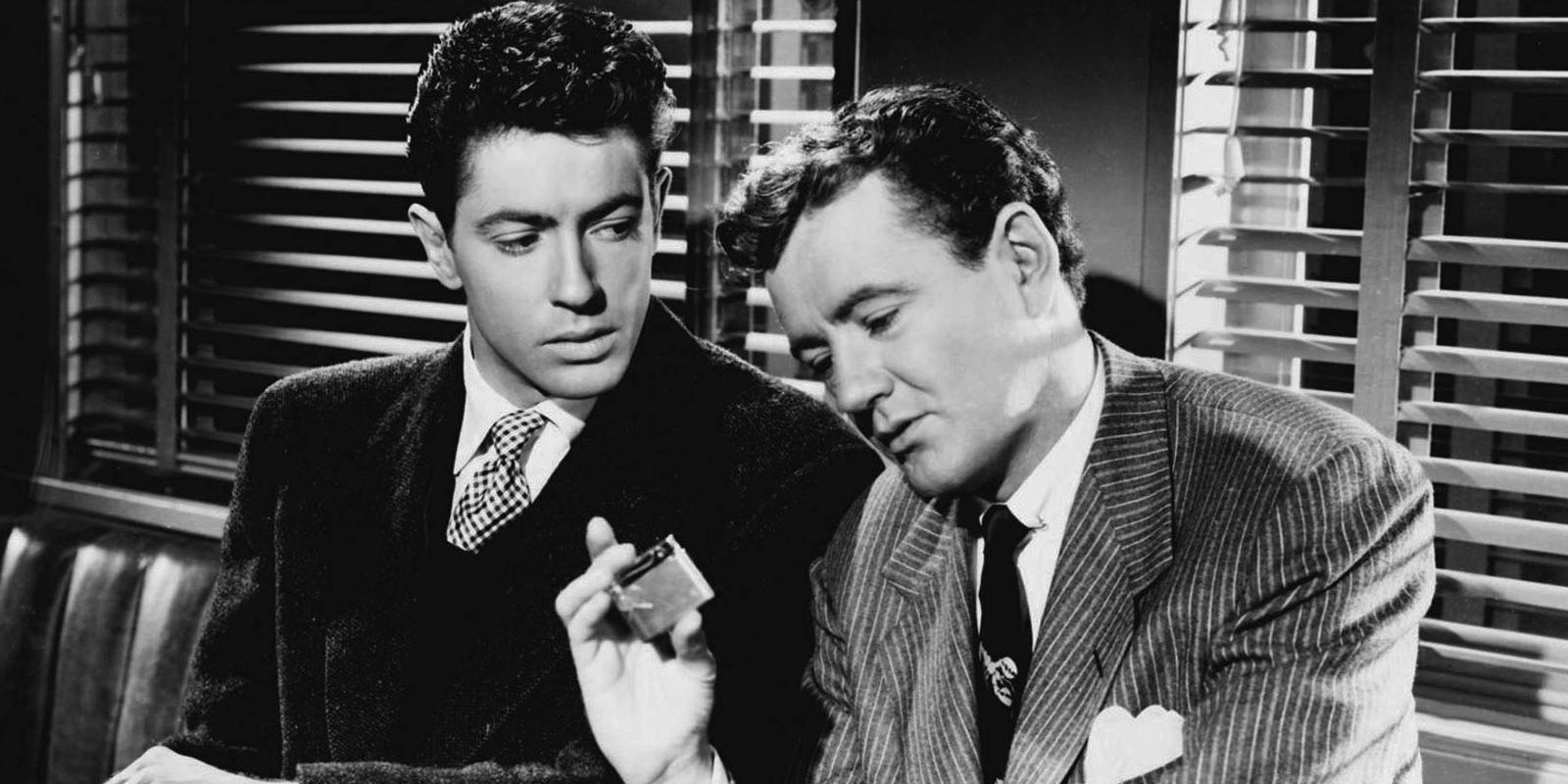
Strangers on a Train is one of the best representatives of film noir and one of Alfred Hitchcock’s best movies of the 1950s. The plot concerns two strangers: a tennis player and a charming psychopath, who meet by chance during a train ride and end up confessing they each want to get rid of someone. The psychopath suggests they commit each other’s murders, reasoning that their lack of connection will provide the perfect alibi.
Strangers on aTrain is based on Patricia Highsmith’s 1950 novel of the same name. The novel received a second film adaptation in 1969, under the title Once You Kiss a Stranger.
The African Queen (1951) – C.S. Forester
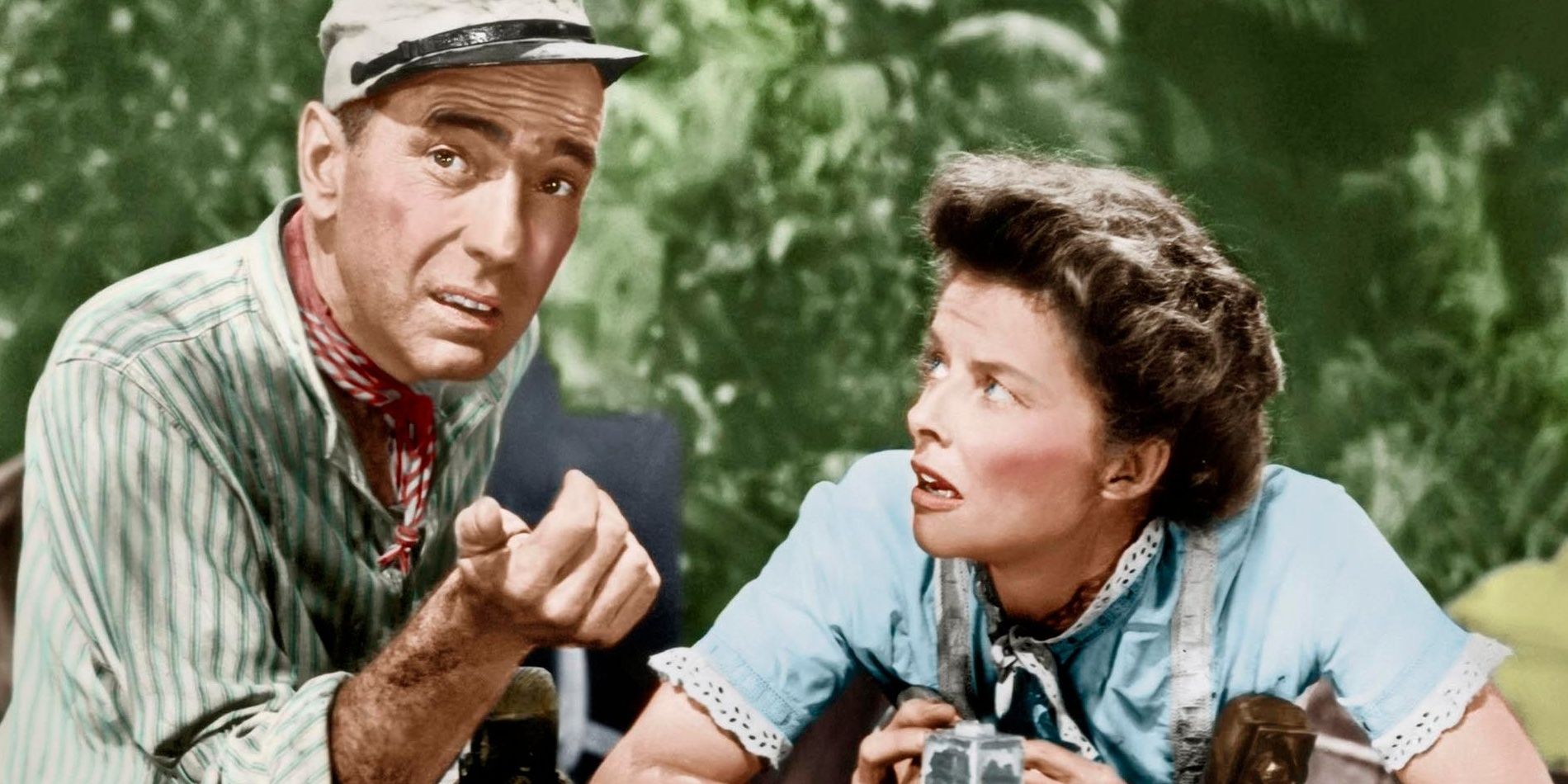
Humphrey Bogart is famous for his many classic film noirs, but his resumé included multiple genres. In 1951, he joined forces with arguably the greatest female star in classic Hollywood, Katharine Hepburn, for The African Queen. Taking place during World War I, the plot follows a riverboat captain convinced by a Methodist missionary to attack an enemy warship.
The African Queen was adapted from C.S. Forester’s 1935 novel of the same name. The movie mostly follows the same plot, although the ending of the novel is drastically different.
Gentlemen Prefer Blondes (1953) – Anita Loos
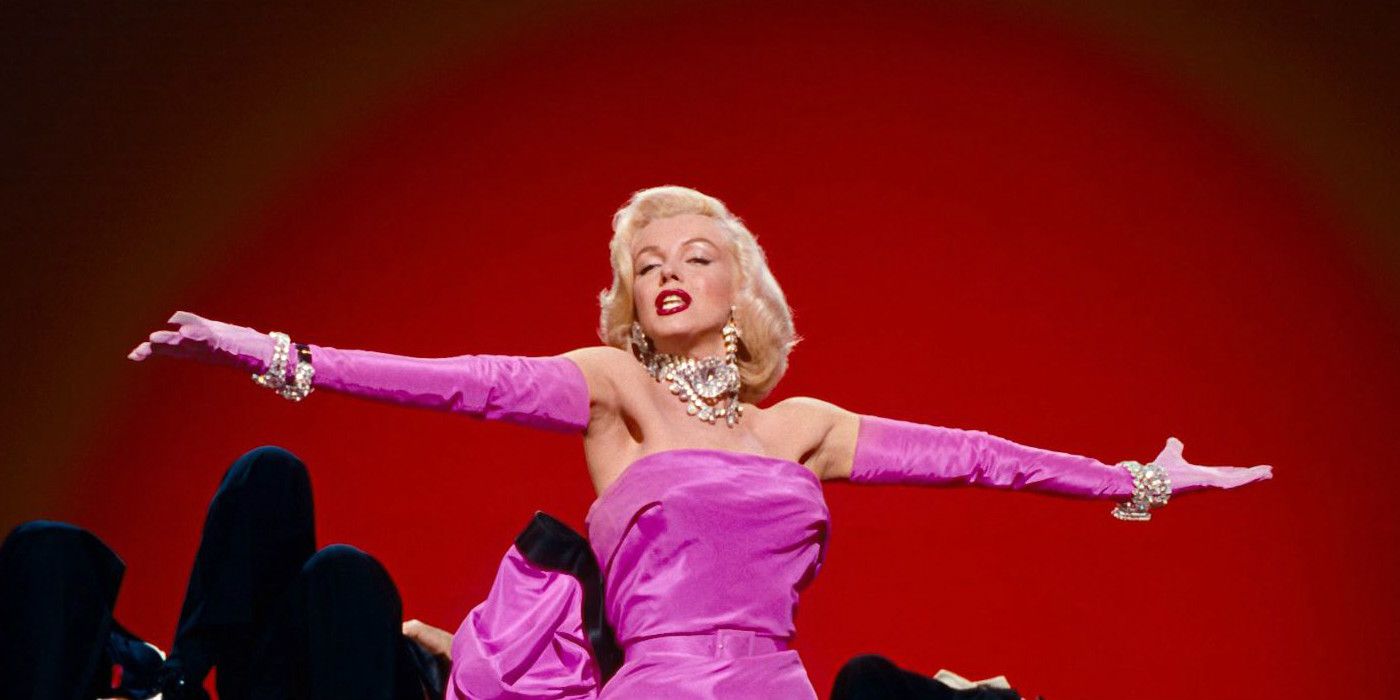
Gentlemen Prefer Blondes was one of the biggest successes of Marilyn Monroe’s short but meaningful career and one of the best comedies from Hollywood’s Golden Age. It tells the story of two American showgirls who travel to Paris while being pursued by a myriad of men.
The movie and the 1949 stage musical of the same name were adapted from Anita Loos’ 1925 bestseller, Gentlemen Prefer Blondes: The Intimate Diary of a Professional Lady. The novel received several adaptations over the years, including a comic strip and a 1926 silent film. Loos also wrote a sequel in 1927, titled But Gentlemen Marry Brunettes.
From Here To Eternity (1953) – James Jones
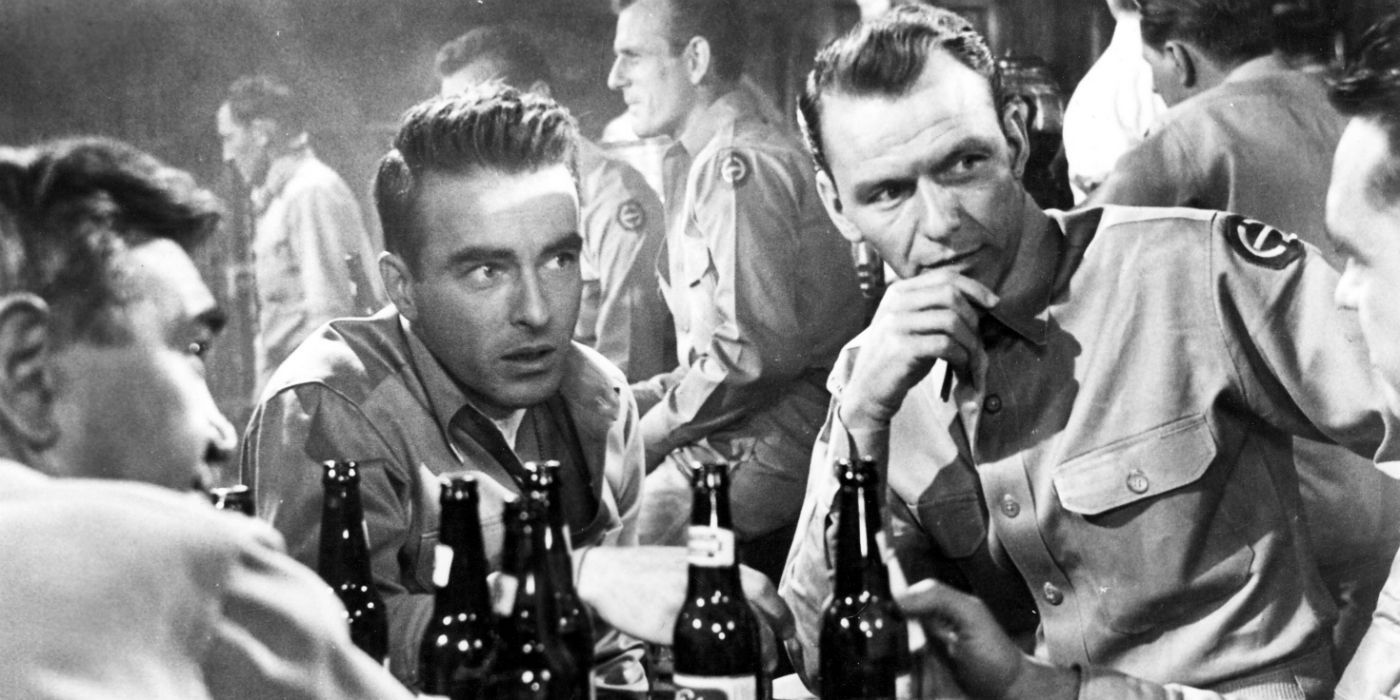
Directed by Fred Zinnemann, From Here to Eternity follows three U.S. Army soldiers stationed in Hawaii in the months leading up to the attack on Pearl Harbor. Burt Lancaster, Montgomery Cliff, and Frank Sinatra played the leading roles, with Sinatra winning the Academy Award for Best Supporting Actor.
Based on James Jones’ 1951 debut novel of the same name, From Here to Eternity was one of the most acclaimed and commercially successful movies of 1953. Jones took inspiration from his experiences as a soldier in the Hawaiian Division’s 27th Infantry. From Here to Eternity won the National Book Award, and its reputation has only increased with the years, with the Modern Library Board naming it one of the best novels of the 20th century.
East Of Eden (1955) – John Steinbeck
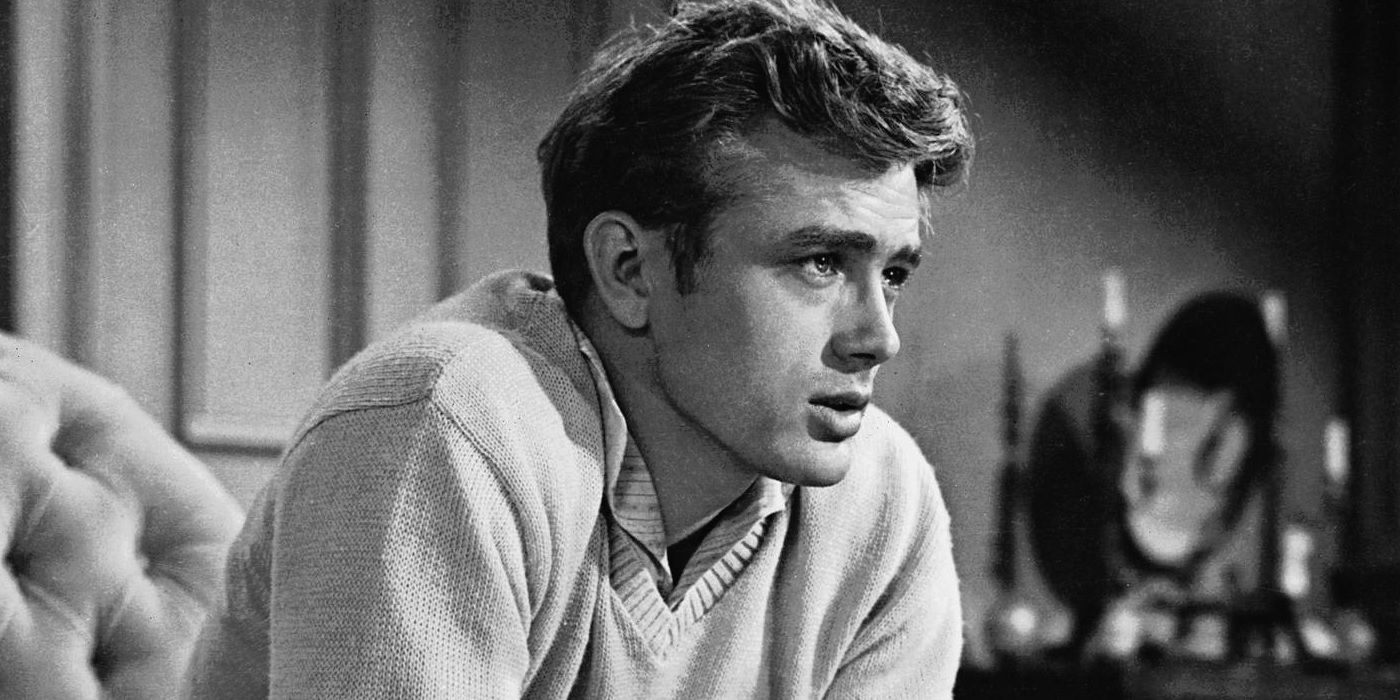
A modern retelling of the Biblical tale of Cain and Abel, East of Eden follows a confused young man competing with his brother for his religious father’s attention. The film stars James Dean, in his first prominent screen role, alongside Julie Harris.
Paul Osborn adapted East of Eden from legendary author John Steinbeck’s 1952 novel of the same name. Steinbeck also wrote classics like Of Mice and Men and The Grapes of Wrath, which also became celebrated and acclaimed Hollywood films.
Giant (1956) – Edna Ferber
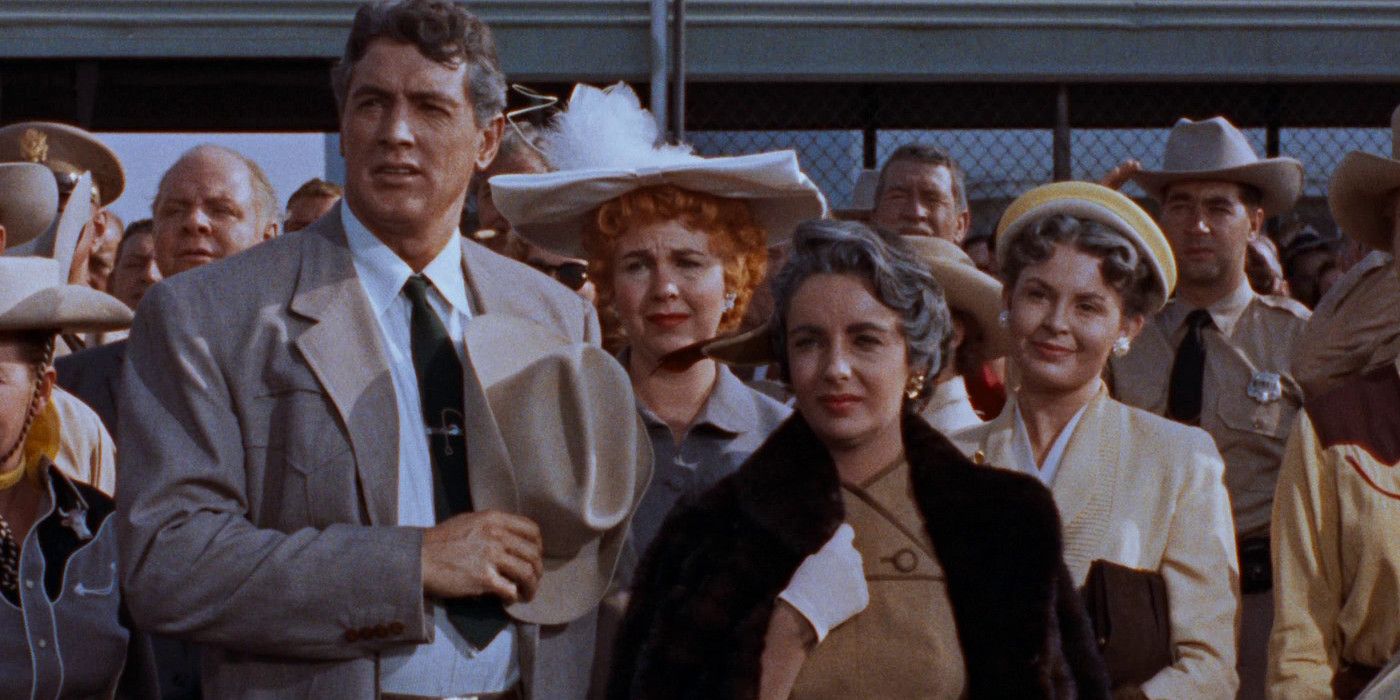
Along with East of Eden and Rebel Without a Cause, Giant cemented James Dean’s legacy as a cultural icon. Dean starred opposite Elizabeth Taylor and Rock Hudson in a story that spans several years and follows the increasing rivalry between a Texas rancher and an ambitious young man.
Fred Guiol and Ivan Moffat received an Academy Award nomination for the screenplay, adapted from Edna Ferber’s 1952 novel of the same name. Giant was a significant success, earning Dean his second posthumous Oscar nomination.
The Bridge On The River Kwai (1957) – Pierre Boulle
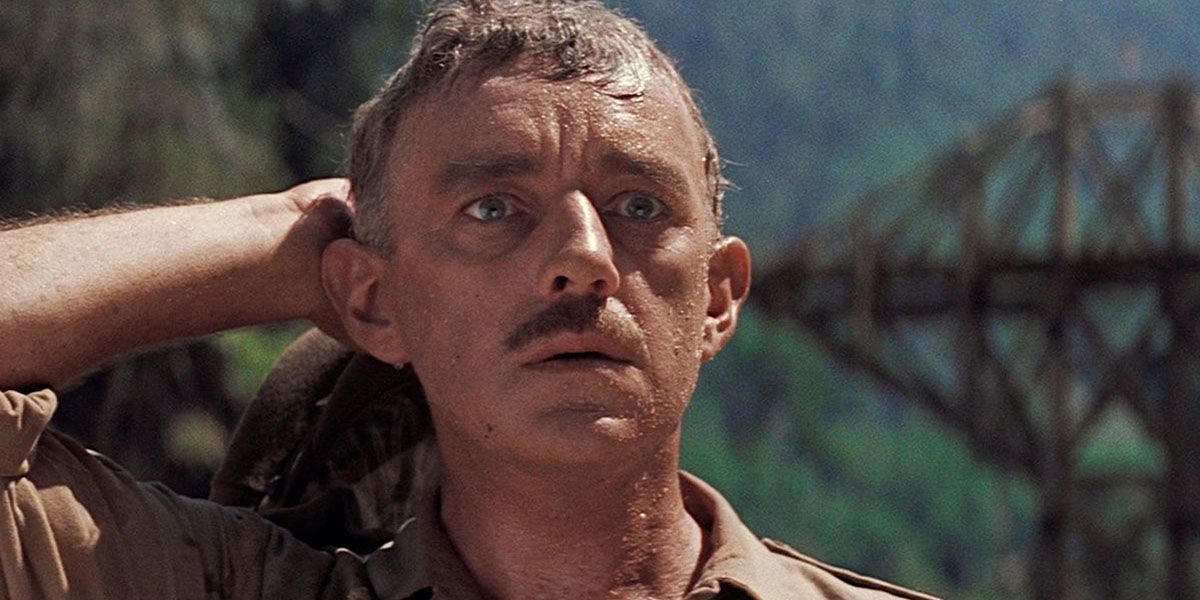
The Bridge on the River Kwai, one of the best movies starring Alec Guinness, was the highest-grossing film of 1957 and won seven Oscars, including Best Picture. Set in 1943, it follows British POWs forced to build the titular bridge over the River Kwai by their Japanese captors.
French novelist Pierre Boulle won the Oscar for supposedly adapting his 1952 novel, The Bridge over the River Kwai. However, Carl Foreman and Michael Wilson were the actual screenwriters, forced to work in secret from the U.K. because of their inclusion in the infamous Hollywood Blacklist. Foreman and Wilson would retroactively receive the Oscar in 1985.
Gigi (1958) – Colette
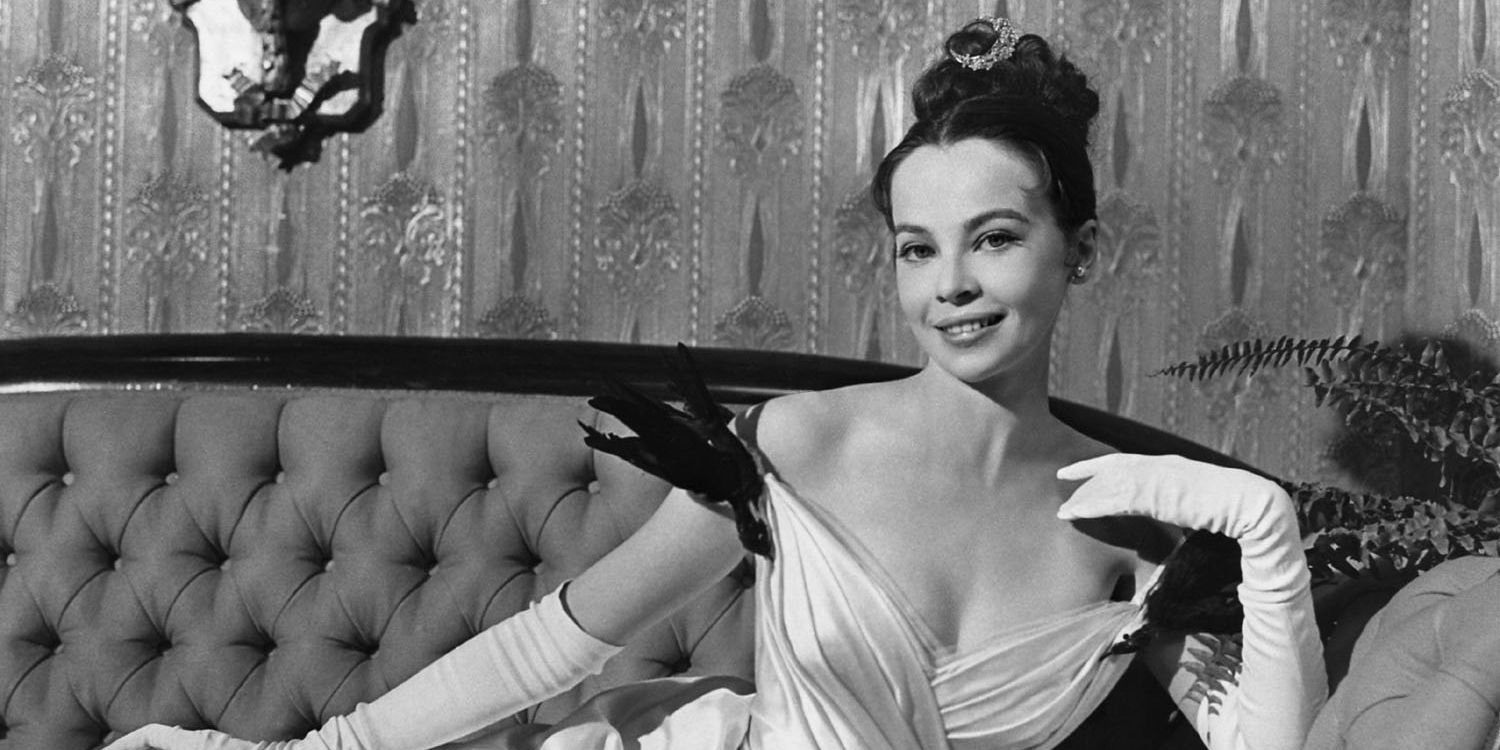
Directed by Vincente Minnelli, Gigi premiered in 1958 to critical and commercial acclaim. The film follows the platonic-turned-romantic relationship between a wealthy playboy and a courtesan in training during the Parisian Belle Époque.
Gigi won all of its nine Academy Award nominations, including one for Alan Jay Lerner’s screenplay, faithfully adapted from Colette’s 1944 novella of the same name. The novel received a stage adaptation in 1951 before jumping to the big screen.
Vertigo (1958) – Pierre Boileau & Thomas Norcejac
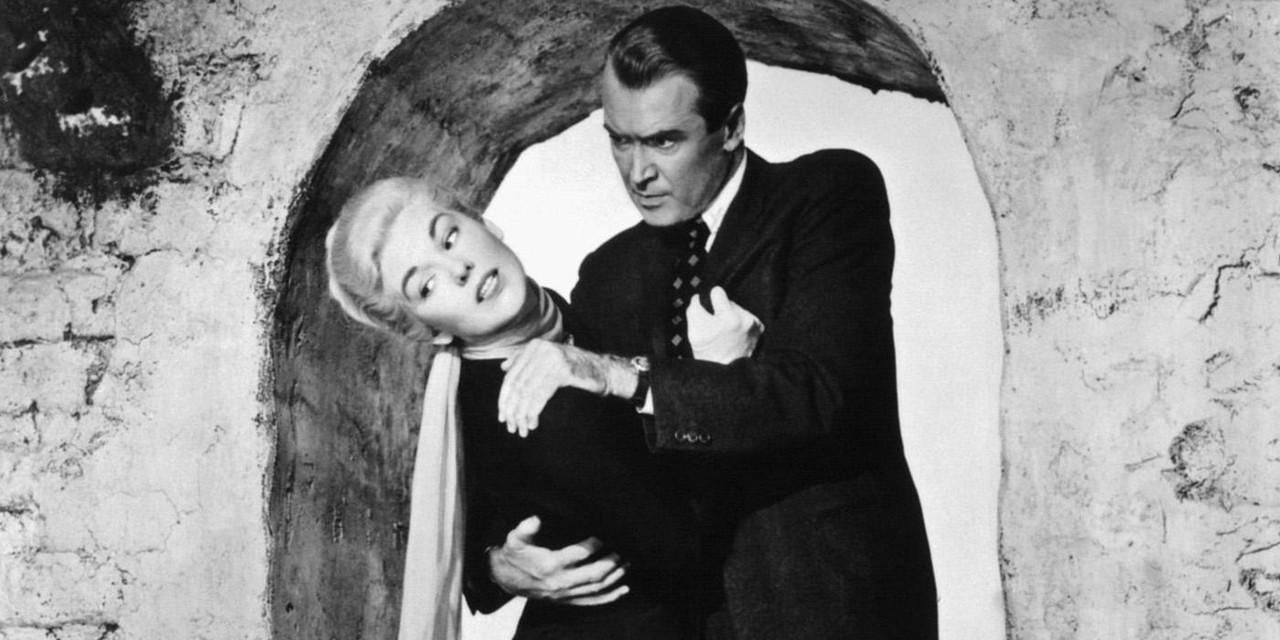
Vertigo, arguably Alfred Hitchcock’s best movie, is one of those classic films that every fan needs to see. A film noir and psychological thriller, the movie stars James Stewart as “Scottie” Ferguson, a former police detective hired by an acquaintance to follow the man’s wife.
Alec Coppel and Samuel Taylor adapted the story from prolific French writing duo Pierre Boileau and Thomas Norcejac’s 1954 novel D’entre Les Morts. Although the novel received positive reviews upon its debut, Hitchcock’s wildly acclaimed film adaptation surpassed it in popularity, to the point where most people only remember the movie.
Ben-Hur (1959) – Lew Wallace
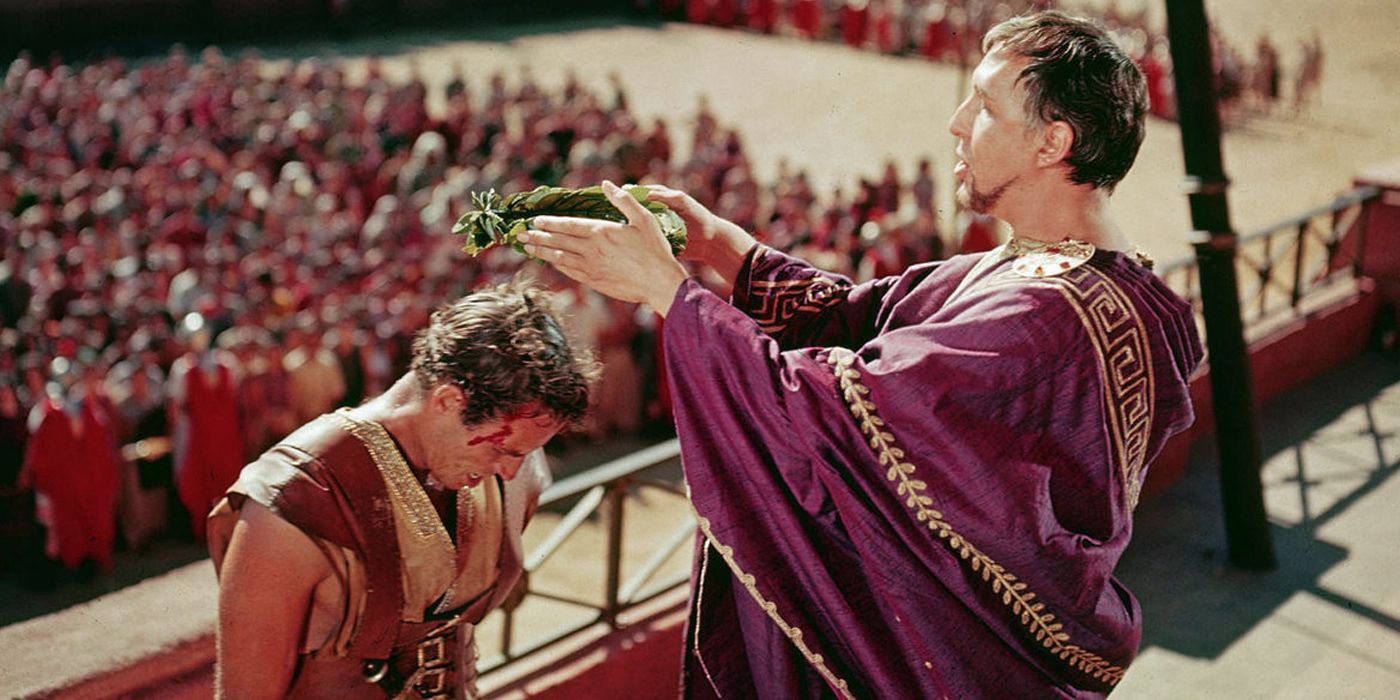
Few epic movies can compare to the sheer spectacle of Ben-Hur. One of the best gladiator movies ever made, Ben-Hur follows a Jewish Prince, betrayed and sent into slavery by a Roman friend in 1st century Jerusalem. The film starred Charlton Heston and became the second-highest-grossing film in history at the time.
Lew Wallace’s 1880 novel Ben-Hur: A Tale of the Christ received its first film adaptation in 1925, with a silent film starring Ramon Novarro. Many critics consider the novel the most influential Christian book of the 19th century; it was also a commercial success, becoming the best-selling American novel of all time until the 1936 publication of Margaret Mitchell’s Gone with the Wind.




